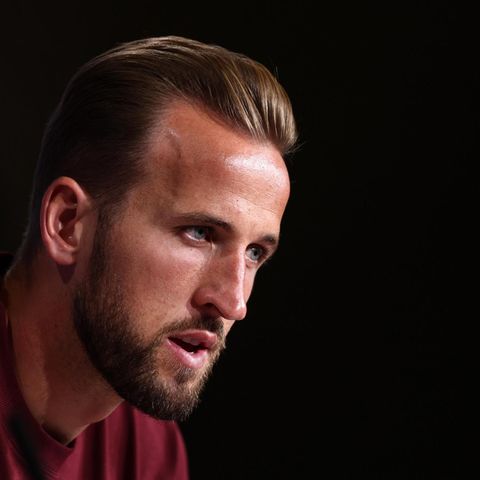Ideally, a government alliance should be able to be put together as quickly as a simple Ikea shelf. In Sweden, that was almost impossible recently. After the election, the situation is likely to get even more complicated.
The Sweden thriller is still not over: After a memorable parliamentary election with an unprecedented neck-and-neck race and a record result for the right-wing populists, the country is still waiting for a preliminary election result. Although Prime Minister Magdalena Andersson and her Social Democrats are once again clearly the strongest force, the figures so far indicate that she could lose her basis in government. The reason for this is that the conservative bloc around challenger Ulf Kristersson has come closer to the right-wing populist Sweden Democrats and could now achieve a minimal majority with them.
It was still not clear on Monday which camp would eventually win the crucial 175 of the 349 mandates. The first forecasts initially saw Andersson’s side in front, before the whole thing suddenly tipped over late on Sunday evening. However, the result was so close that the electoral authorities could not even announce a preliminary result during the night. “We don’t know how this is going to end,” Kristersson said around 1am. At the same time, he emphasized that he was ready to create a new and energetic government.
After counting almost 95 percent of the votes, the electoral authorities saw the Kristersson block on Monday at the golden number 175, Andersson’s camp at 174. According to the broadcaster SVT, the two camps separated about 47,000 votes. The preliminary result should be known on Wednesday at the earliest, after the last votes have been counted, including votes from Sweden from abroad and postal votes cast late. The final election result in the EU country is usually known about a week after election day.
How has the situation in Parliament been so far?
Eight parties sit in the Swedish parliament in Stockholm. Four of them were behind Andersson, four behind challenger Kristersson. That sounds easier than it is: within the blocs, the parties sometimes take very different positions, and compromises are negotiated to the extreme.
Andersson and her social-democratic minority government, for example, often had to reconcile the completely different viewpoints of the Left and the liberal Center Party, for example on economic policy. In the summer of 2021, this even led to the Left Andersson’s social democratic predecessor Stefan Löfven falling – in solidarity with the conservative right-wing block. Löfven came back, but announced his retirement a few weeks later. His previous Treasury Secretary Andersson then became his successor in November 2021.
If Kristersson’s block can now save his minimal lead over the finish line, then the situation won’t get any easier. This is mainly due to the record results of the right-wing populists, who have so far been left out by the other parties in past elections. However, Kristersson has now come much closer to them.
“Our ambition is to sit in the government,” Sweden Democrat leader Jimmie Åkesson made clear on election night. The Liberal party in particular, which has always been a close partner of the moderates, would like to see a government without Åkesson’s right-wing populists, as a party representative emphasized again on Monday. The problem of the Liberals: While they mastered the four-percent hurdle with a bang, the Sweden Democrats are beyond the extremely strong 20 percent.
Biggest losses probably for Center Party and Left Party
“The big winner of the election is without a doubt the Sweden Democrats,” senior SVT election analyst Mats Knutson said on Monday. They could push a future government sharply to the right. The Liberals – who after the last election in 2018, like the center, initially entered into a cooperation with the social democrat Löfven to keep the Sweden Democrats out of power – on the other hand, are more in the political center.
According to previous figures, Andersson’s Social Democrats increased by 2.2 percentage points to 30.5 percent. Kristersson’s moderates fell 0.7 percentage points to 19.1 percent, arguably their worst election result in 20 years. For the first time ever, they had to let the Sweden Democrats pass them, who will come to around 20.6 percent after an increase of more than 3 percentage points. “We’re a really big party today,” said a consistently beaming Åkesson to cheering party supporters.
The Center Party and the Left Party will have to take the biggest losses – and that could ultimately mean that Andersson will lack the crucial mandates. So far, the 55-year-old has had to rely on the votes of the Centre, the Left and the Greens for a narrow parliamentary majority.
Source: Stern
David William is a talented author who has made a name for himself in the world of writing. He is a professional author who writes on a wide range of topics, from general interest to opinion news. David is currently working as a writer at 24 hours worlds where he brings his unique perspective and in-depth research to his articles, making them both informative and engaging.




